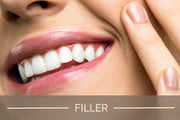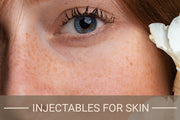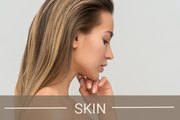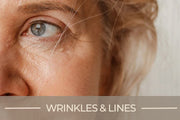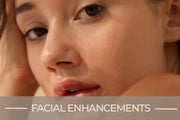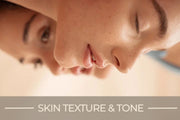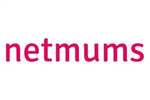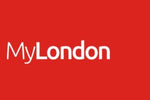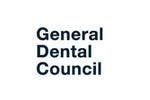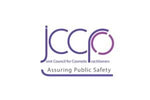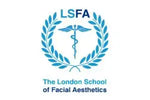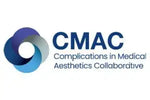What Is The Best Age To Start Botox?
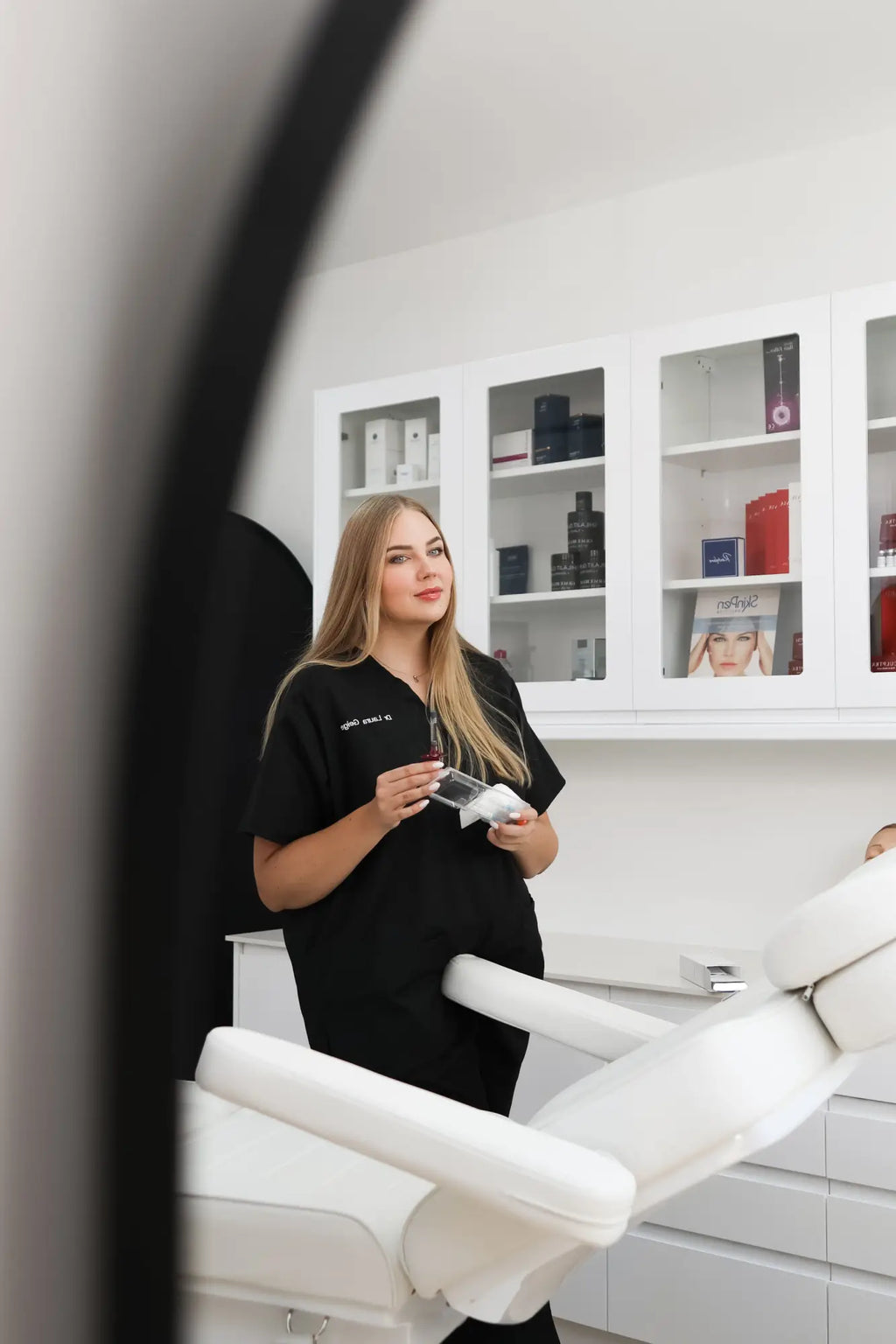
Content Verification
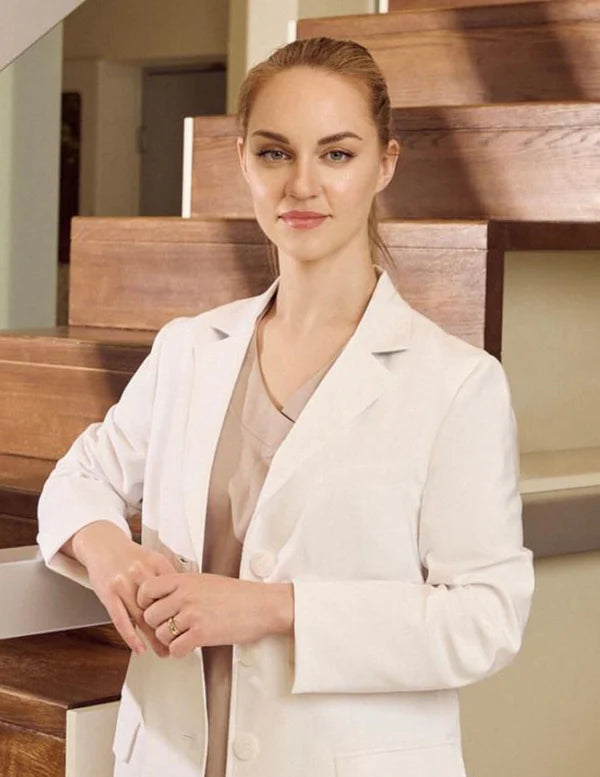
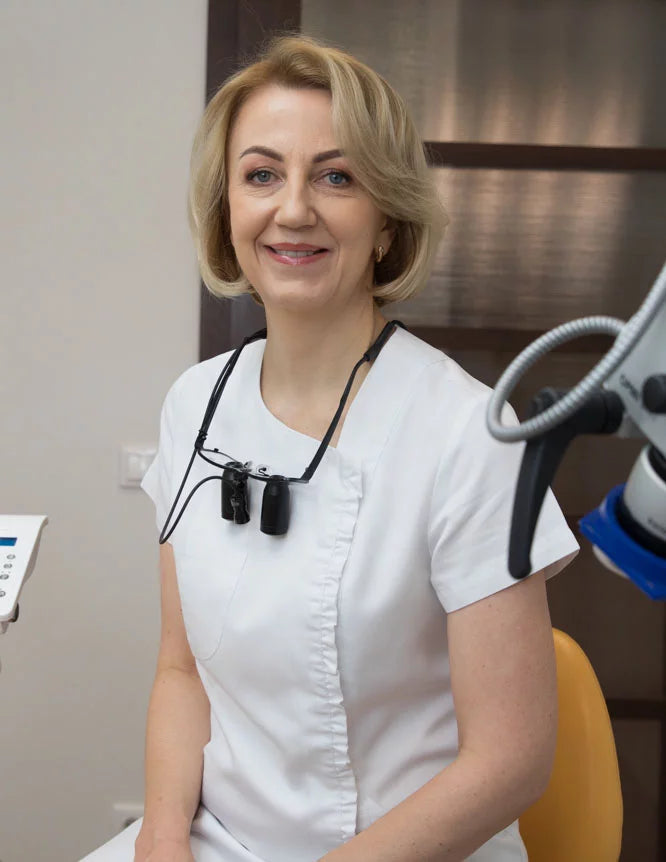

✨ Summary of Key Points ✨
- 💉 Botox works best for preventing wrinkles, ideally starting in your late 20s to early 30s.
- 🕒 Timing is key – the earlier you start, the more effective Botox can be for long-term wrinkle prevention.
- 💧 Hydration is crucial to maximise the benefits of Botox and keep your skin healthy.
💡 Key Advice and Tips from Our Experts 💡
- 🌱 Healthy lifestyle habits, like a balanced diet and exercise, will help maintain the effects of Botox.
- 💪 Limit intense workouts for 24 hours post-treatment to avoid Botox moving from the target area.
- 🌞 SPF protection is a must – shield your skin from UV damage to keep Botox results looking fresh!
Botox treatments are among the most sought-after anti-ageing treatments, effectively reducing fine lines and wrinkles. But when is the right time to start? The ideal age for Botox injections depends on factors like genetics, skin type, and lifestyle. Some people opt for preventative Botox in their late 20s, while others seek Botox for wrinkles in their 30s or 40s to soften existing lines.
This article, a companion to our Best Candidates for Botox Anti-wrinkle Treatments guide, explores the best age to start Botox anti-wrinkle injections. By the end, you'll have expert-backed insights to determine if Botox anti-ageing treatments are right for you now or later.
Understanding Botox and Its Role in Anti-Ageing
Botox anti-wrinkle injections are widely used in anti-ageing treatments to help reduce and prevent wrinkles. These injections temporarily relax targeted facial muscles, softening fine lines caused by repeated expressions. Over time, factors like ageing, sun exposure, and genetics contribute to wrinkle formation, making Botox treatments a common option for those seeking smoother skin.
Botox injections work by blocking nerve signals to specific muscles, preventing them from contracting. This helps reduce the appearance of existing lines and slows the development of deeper wrinkles. The most common treatment areas include the forehead, crow’s feet, and frown lines between the brows.
There are two approaches to Botox anti-ageing treatments: preventative Botox and corrective Botox. Preventative treatments, often started in the late 20s or early 30s, aim to delay wrinkle formation. Corrective treatments, typically in the late 30s and beyond, target visible wrinkles to restore a smoother appearance.
The Ideal Age to Start Botox
Many people believe Botox anti-wrinkle injections are only for older adults, but this is a common misconception. Botox treatmentsare used both preventatively to slow the formation of fine lines and correctively to soften existing wrinkles. The right age to start depends on individual factors, including genetics, skin condition, and lifestyle choices.
Dr. Laura Geige, Medical Director from It’s Me & You Clinic, explains: "The best time to start Botox depends on when fine lines first appear. Early treatment can prevent deep wrinkles from forming, helping to maintain a more youthful appearance for longer. However, the right age varies for each individual based on factors like skin elasticity, facial expressions, and personal ageing concerns."
For some, preventative Botox in their mid-to-late 20s may help delay wrinkle development, particularly in high-movement areas like the forehead and crow’s feet. By reducing muscle activity early, fine lines may take longer to appear. Others may not see noticeable wrinkles until their 30s or 40s, making Botox for wrinkles a more suitable option at this stage.
Genetics, sun exposure, and lifestyle choices significantly impactwrinkle formation. If you have a family history of early wrinkles, you may consider Botox anti-ageing treatments earlier. Frequent sun exposure without protection can also accelerate skin ageing, making lines more prominent sooner. Additionally, lifestyle factors like smoking, stress, and poor hydration can contribute to premature wrinkles, influencing when individuals seek Botox treatments in London or elsewhere.
Botox in Your 20s: Preventative Approach
Many people in their 20s may not have visible wrinkles, but repeated facial expressions can lead to fine lines over time. High-movement areas like the forehead, crow’s feet, and frown lines are often the first to show signs of ageing. Preventative Botox is a common approach for those who want to slow wrinkle formation before they deepen.
Dr. Snieguole Geige, Dentist & Medical Doctor, explains: "For some, preventative Botox in the late 20s can slow down wrinkle development, especially for expressive faces. People who frequently raise their eyebrows, squint, or frown may start to see fine lines earlier. In these cases, early Botox may help maintain smoother skin for longer."
At this stage, Botox anti-wrinkle treatments typically involve smaller doses and less frequent sessions. The goal is not to erase lines but to reduce excessive muscle movement that contributes to wrinkle formation. This subtle approach helps maintain natural facial expressions while preventing the skin from creasing repeatedly.
Although Botox anti-ageing treatments are an option in the late 20s, they are not necessary for everyone. Those with strong facial muscle activity or early signs of fine lines may benefit, while others may choose to wait until their 30s or beyond.
Botox in Your 30s: Early Signs of Ageing
As people enter their 30s, collagen production slows, and the skin begins to lose its elasticity. Fine lines that once faded quickly may become more noticeable, particularly around the eyes, forehead, and mouth. At this stage, Botox for wrinklesis often used to target early signs of ageing before they develop into deeper creases.
Dr. Giedre Narkiene, Dermatologist, explains: "Botox in your 30s is a proactive step against deep-set wrinkles. It works best when lines first appear, helping to prevent them from becoming more pronounced. Many people find that regular Botox sessions during this decade help maintain smoother skin with minimal intervention."
In this age group, Botox anti-wrinkle treatments are typically required every three to four months, depending on individual needs. Because facial muscles have been active for longer, slightly higher doses than in the 20s may be necessary to achieve the desired effect.
Most people in their 30s seek Botox anti-ageing treatments to maintain a refreshed, natural appearance rather than to make dramatic changes. Regular Botox injections at this stage may help reduce wrinkle progression, making future treatments more effective and long-lasting.
Botox in Your 40s and Beyond: Restorative Treatments
By the time individuals reach their 40s and beyond, wrinkles often become more pronounced due to years of muscle movement and collagen loss. Botox anti-ageing treatments at this stage can help soften existing wrinkles, particularly in the forehead, crow’s feet, and frown lines. While Botox injections cannot reverse deep-set lines, they can reduce their appearance and improve overall skin elasticity.
For enhanced facial rejuvenation, many people combine Botox treatments with dermal fillers. Fillers help restore lost volume in areas like the cheeks and nasolabial folds, complementing the wrinkle-smoothing effects of Botox. This combination approach can create a more youthful, refreshed look.
Because wrinklesare more established at this stage, Botox injections may be needed more frequently, typically every three months, to maintain results. While Botox for wrinkles remains an option, those in their 40s and beyondmay also benefit from a broader anti-ageing skincare routine, including sun protection and hydration.
Finding a Qualified Botox Practitioner
Choosing a licensed medical professional for Botox treatments is essential to ensure safety and effective results. A qualified practitioner understands facial anatomy, uses genuine Botox injections, and tailors treatments to individual needs. Unregulated providers may use low-quality products or incorrect techniques, increasing the risk of complications.
For those considering Botox treatments in London, researching reputable clinics and reading patient reviews can help find a trusted provider. Searching for "Botox near me"should always be followed by verifying medical credentials and experience.
Avoid cheap, unregulated Botox providers, as poorly administered treatments can lead to unnatural results or medical risks. Always prioritise safety over price.
The Bottom Line
The best age to start Botox depends on individual factors like skin type, genetics, and ageing concerns. Some choose preventative Botox in their late 20s, while others seek Botox for wrinkles in their 30s or 40s. There is no universal answer—Botox anti-ageing treatmentsshould be tailored to personal needs.
A consultation with a qualified medical professional is essential to determine the right approach. Whether for prevention or correction, Botox injectionsshould be administered safely by an expert for natural, effective results.
Disclaimer: This article is for informational purposes only. Always consult a doctor before starting Botox treatments.
